So, what's the real deal in this fertile Black Sea city? The stretchy cheese of mıhlama, or Rize pide, slowly roasted in a wood-burning oven? Dishes made with fresh anchovies, or kale in countless variations? In this article, you'll discover the most beloved dishes of Rize cuisine, local culinary delights, and must-try dishes. If you're ready, let's join one of the Black Sea's most natural dining tables.
Muhlama
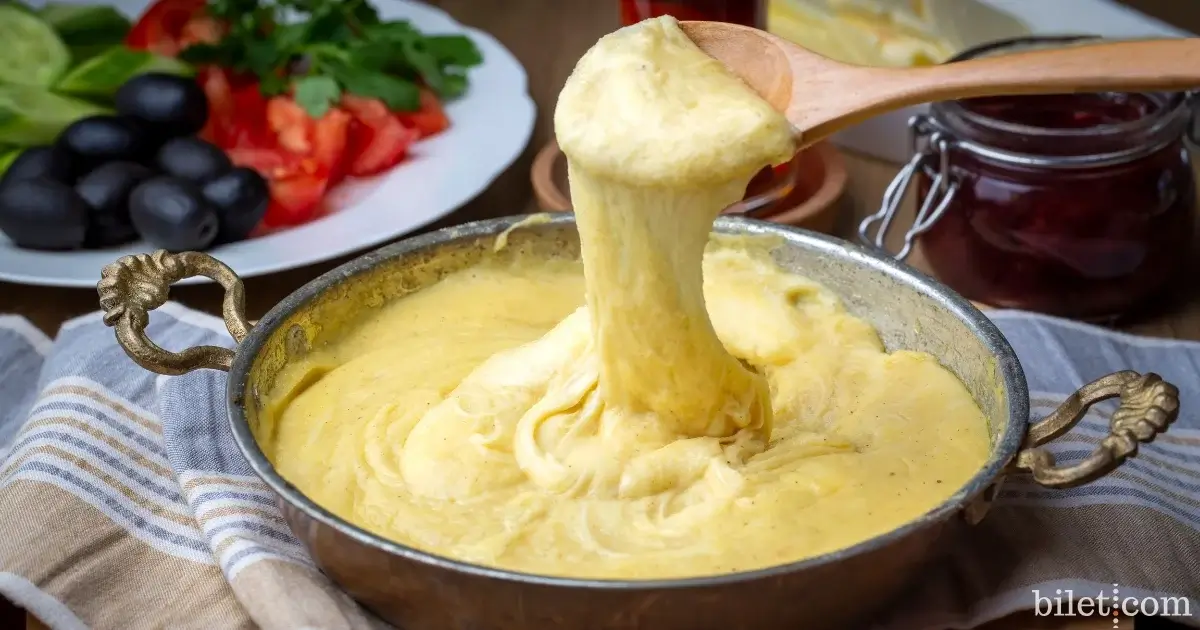
Mıhlama is one of the most recognizable dishes of Rize cuisine. This warm dish, made with butter, corn flour, and kolot cheese, is a staple at breakfast. What makes mıhlama in Rize so special is the unique aroma of the natural butter and cheese from the highlands.
Mıhlama, which thickens and thickens over time, is often served with fresh cornbread and is a must-try for anyone visiting the region. It holds a prominent place on the table, a delicious dish that both satisfies and embodies the warmth of a Black Sea home.
Laz pastry

Laz böreği is one of Rize's most distinctive desserts. At first glance, it looks like a classic börek, but the vanilla and slightly black pepper pudding inside elevates it to a whole new level. This pudding, poured between thin layers of phyllo dough, is topped with syrup, creating a light and distinctive flavor.
Laz böreği holds significant cultural significance; it's frequently made during holidays, special occasions, and when entertaining guests. Its flavor is sweet but not cloying, creamy yet light, and balanced by the crispness of the phyllo dough. It's a surprising yet delightful local dessert, a must-try for anyone visiting Rize.
Cornbread
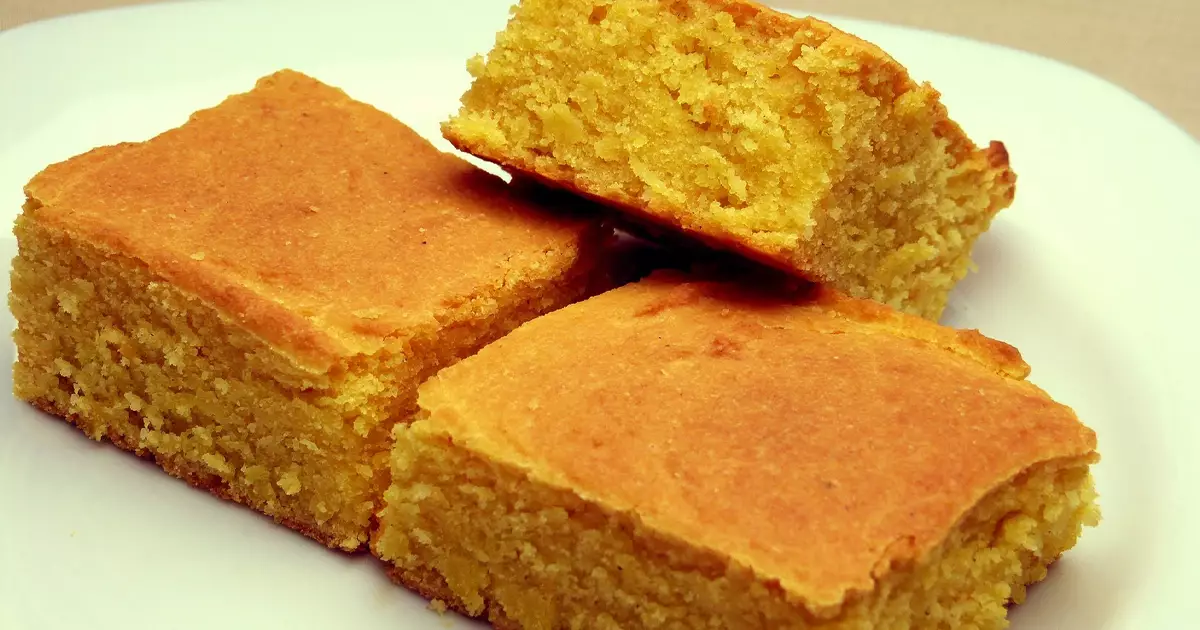
Cornbread is one of the most fundamental dishes of Rize cuisine. The region's abundant rainfall, coupled with the abundant corn production, has made this bread a staple on almost every table in the Black Sea region. It has a denser, more aromatic, and slightly moist texture than wheat bread.
When cooked in a wood-fired oven, the exterior turns slightly browned while the interior remains soft. It pairs particularly well with mıhlama, kale dishes, and anchovy varieties. Its natural flavor, simple taste, and shape, perfect for both breakfast and main courses, make it one of Rize cuisine's most beloved accompaniments.
Anchovy rice

Anchovy pilaf is one of the most delicious and distinctive dishes of Rize cuisine. This dish, featuring individual layers of fresh anchovies and their coating, combined with the aroma of the stuffed pilaf, creates a rich visual and flavorful experience.
The pilaf, filled with currants, pine nuts, and fresh herbs, combines with the salt and sea scent of the anchovies to create a unique flavor. When baked, the anchovies lightly brown on the outside, while the pilaf inside remains soft and fragrant.
In Rize, anchovy pilaf is often known as the "showy dish" on guest tables; it's both a demanding and a staple dish. This local flavor, where sea meets land, is a must-try for anyone exploring Black Sea cuisine.
Rize pita

Rize pide, with its distinctive thin and long shape, is one of the region's most beloved baked goods. The version made with minced meat and folded into a flatbread is particularly famous. Rolling the dough thin and baking it over high heat in a wood-burning oven ensures a light browning of the edges and a soft, chewy interior.
The most important element that defines the character of Rize pide is the natural butter drizzled on top. This butter, applied immediately after removing it from the oven, elevates the pide's aroma and flavor to a whole new level. Usually enjoyed with tea, this pide is a local favorite that's both practical and satisfying.
Collard greens
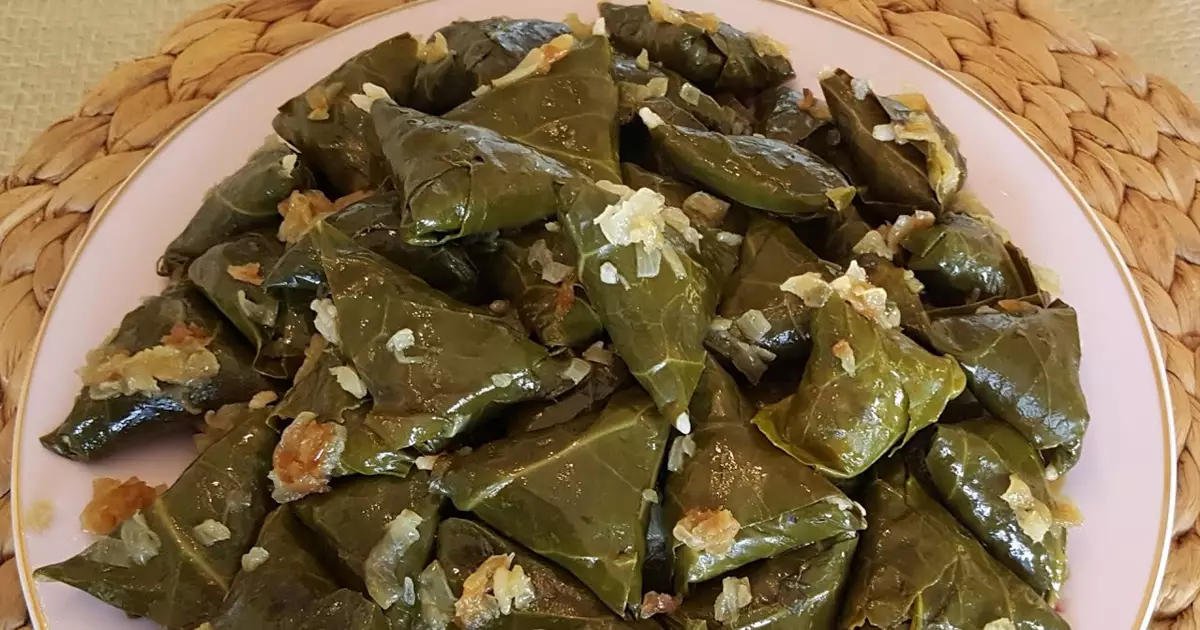
Black cabbage sarma is one of the most characteristic and healthy dishes of Rize cuisine. Thin leaves of black cabbage are carefully wrapped in a filling; it usually includes rice, onion, dill, and sometimes a small amount of ground meat.
These stuffed vegetables enrich and energize tables, especially during the winter months. Their slightly sour flavor, combined with the distinctive taste of kale, creates a balanced flavor unique to the Black Sea region when served with cornbread or yogurt. In Rize, stuffed kale is more than just a dish; it's a cultural tradition, an indispensable part of family tables and village life.
Roasted pickles
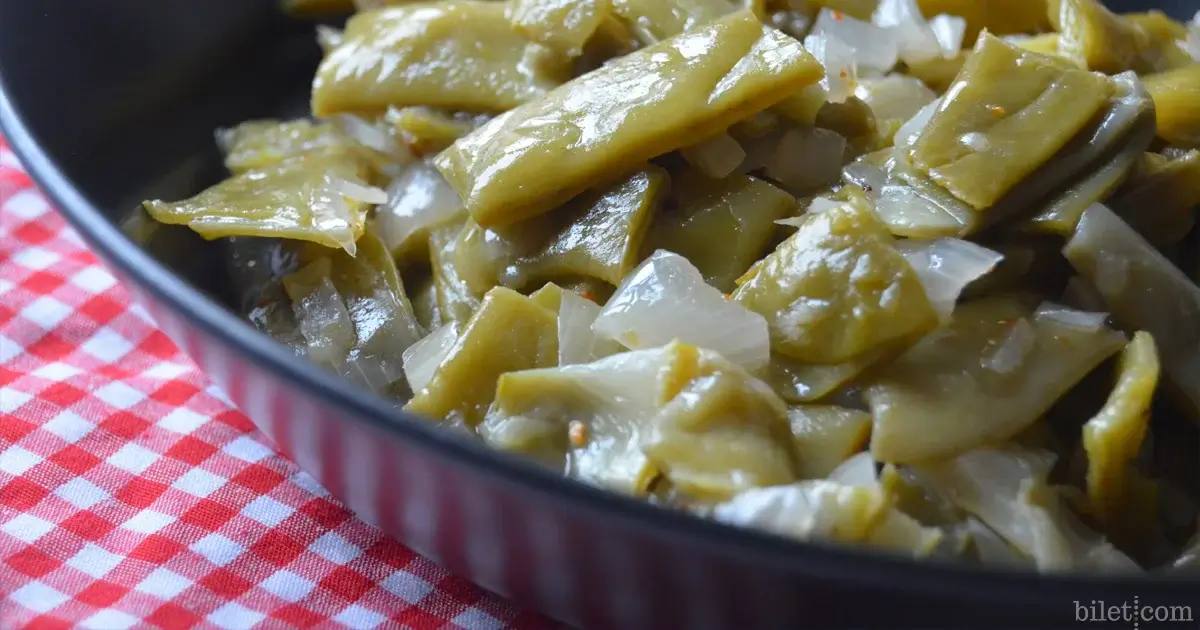
Roasted pickles are one of the most distinctive and characteristic dishes of Rize cuisine. They are typically made with sauerkraut or corn, and the pickles are sautéed with butter and onions, giving them a tart and slightly sweet flavor.
This dish is especially energizing and refreshing on winter tables. Served with cornbread, it creates a satisfying yet balanced flavor unique to Rize. For the locals, roasted pickles are not just a dish; they're a staple of their cuisine and culture.
Pepecura
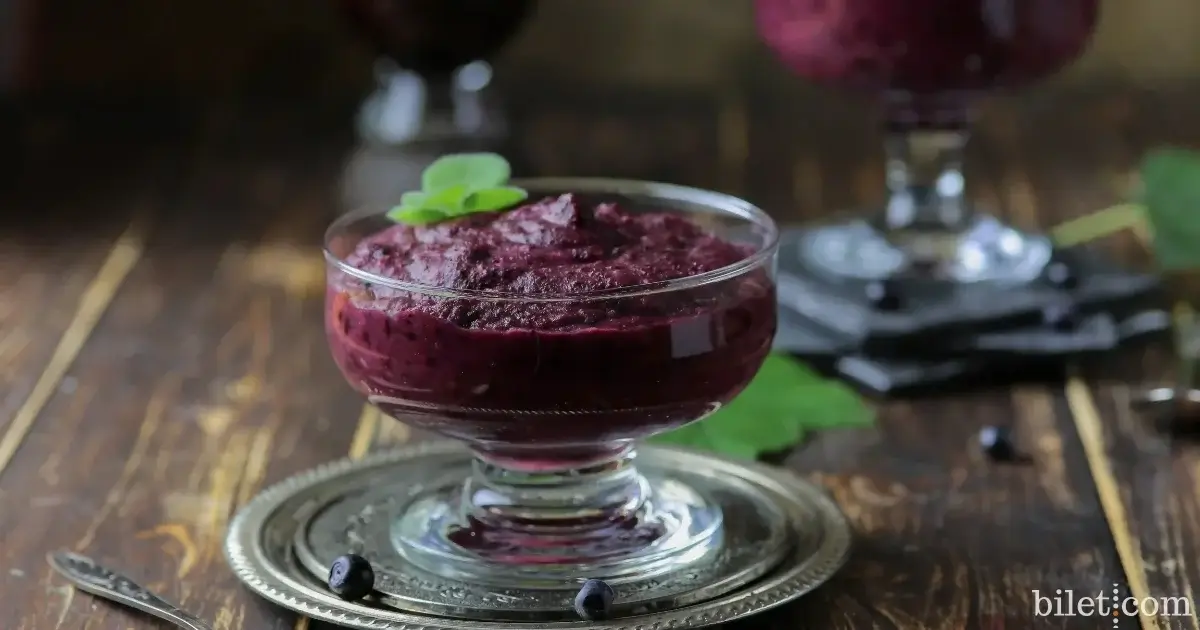
Pepeçura is one of the most distinctive desserts of Rize cuisine. Usually made with plums or sometimes grapes, this dessert is prepared with natural fruit juice and starch. It is served cold and has a light, gel-like consistency. In the cool climate of the Black Sea region, it stands out as a refreshing option, especially during the summer months. Pepeçura not only balances sweet cravings but also adds a touch of spice to local cuisine. It's a natural and simple delicacy that everyone visiting Rize should definitely try.
Rize tea

Rize tea isn't just a beverage; it's a symbol of Rize's culture and lifestyle. A large portion of the tea produced in Türkiye comes from Rize, and its humid climate and high altitudes give it its distinctive aroma and slightly bitter flavor.
Tea is consumed at every meal, from breakfast to evening conversation. Served black and steeped, Rize tea, accompanied by small snacks, is an essential addition to Black Sea tables. Every sip provides both energy and a sense of the Black Sea's welcoming spirit.
Dried beans with meat
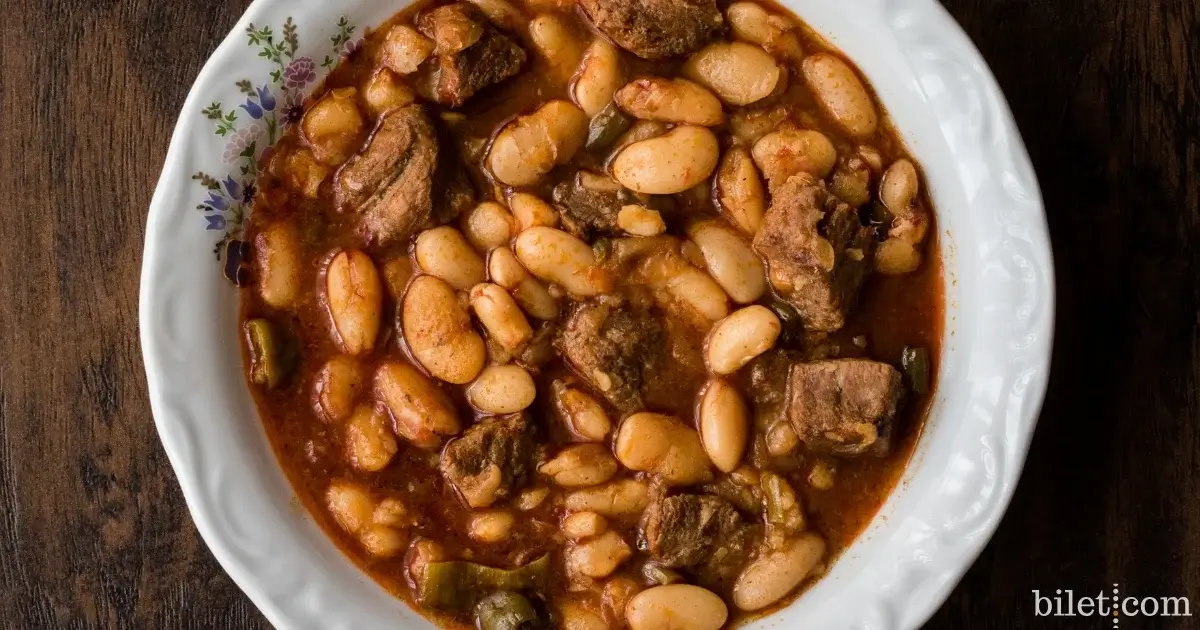
Bean stew with meat is a staple in Rize cuisine, both for home cooking and special occasions. The green beans are cooked over low heat with local butter and cubed meat for a long time, allowing the flavors of both the meat and beans to intertwine.
This dish stands out as an energizing and satisfying option, especially during the winter months. Served with cornbread or rice, it becomes a traditional and satisfying dish from Rize. Bean stew with meat embodies the warmth and warmth of Black Sea cuisine.
Hamsikoli
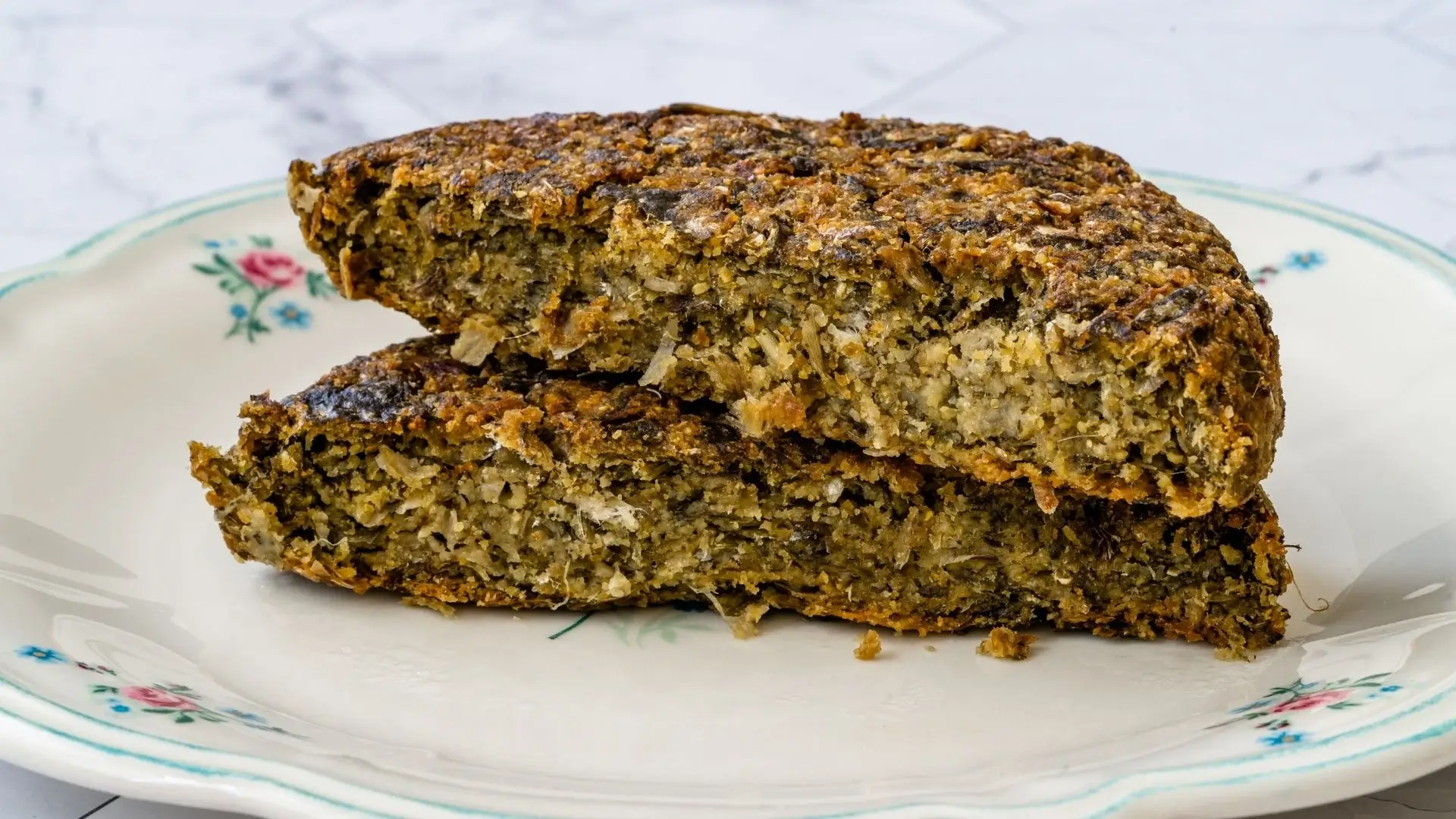
Hamsikoli is one of Rize's most beloved and interestingly presented fish dishes. Fresh anchovies are coated in fine corn flour and then pan-fried or oven-baked in long rows, creating a crispy and visually appealing dish.
Often served with lemon and fresh herbs, hamsikoli reflects the importance of sharing and sharing in the traditional dining culture. It's a special dish that everyone visiting Rize should definitely try, both filling and bringing the scent of the Black Sea to the table.
Slippery

Kaygana is one of the simplest yet most beloved dishes of Rize cuisine. Made by mixing eggs and flour and cooking them in a pan, this dish resembles an omelet but differs from the Black Sea region with its light texture and buttery flavor.
Kaygana is a quick and filling option for breakfast, especially at highland tables. Whether served plain or enriched with cheese or fresh herbs, it reflects the warm and welcoming spirit of Rize's tables.
Rize roast
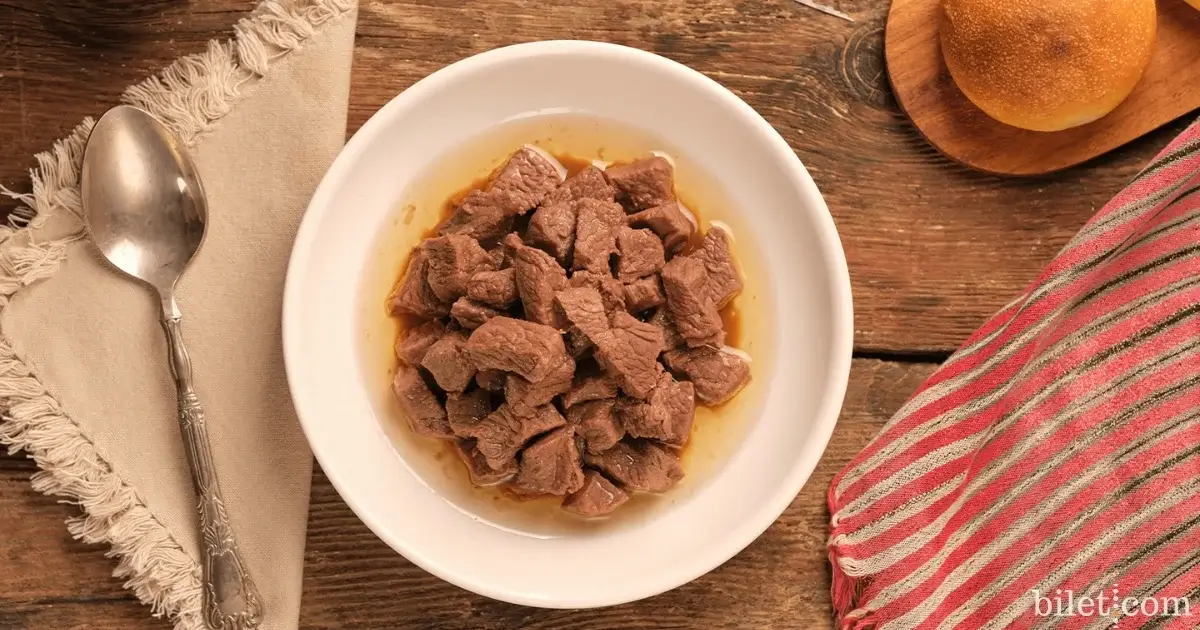
Rize kavurma is one of the most characteristic dishes of the region's meat culture. It's typically prepared by braising beef with butter and onions over low heat. The meat's juices and butter combine to give the dish an intense aroma.
This dish is frequently made, especially on special occasions and holiday tables. Served with cornbread or rice, it's both filling and an ideal option for those seeking to experience the rich meat flavors of Black Sea cuisine.







